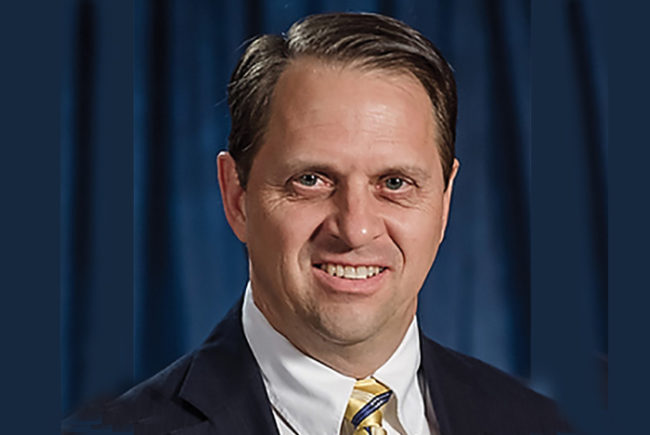The need for ongoing training and education in health care is a constant that applies to us all. Environmental services leaders are continually trying to stay on top of continuing education by tracking, pushing, completing and coaching our staff members. We’ve learned over time that some strategies are more effective than others. So, if you are struggling with this part of the job — or have met challenges in keeping staff engaged and accountable — you are not alone. I’ll share best practices that I have learned and borrowed from some great leaders:
- Plan for success. In the quest for success, you have to plan for success. Training may seem like an easy task if you are working with a smaller staff. Even then, the lack of a plan can be the cause of chaos. Those who have a larger staff certainly must have a plan of action — a way to track your team’s progress. Here is how we generally break down mandatory ongoing educational requirements. First, we break the staff into segments or groups. You can do that alphabetically, by ID number or even by position type. Then we break down mandatory educational topics by section. However you decide to do it, make each section manageable. To add to the mix, add deadlines to each section for each group to follow.
- Track progress. If you have assistant managers or supervisors, they should oversee the different groups. Each can manage his or her own process. Make sure they stay on course with the given timeline. Of course, account for those who have paid time off, or staff who qualify for the Family and Medical Leave Act of 1993, etc. Be consistent with scheduling the training with others who are on a more consistent schedule. Be proactive and know who is coming and going, and when. It’s important to note whether they have to complete training before or after their scheduled leaves. Track completion every time something is accomplished, and do it graphically for the entire team to see. Share everyone’s progress, and do not underestimate the power of peoples’ competitive natures.
- Make it habitual. For additional buy-in, make ongoing training and education an everyday routine. Train every day, teach every day and make it a habit. Mark your calendar and plan ahead to be consistent. If you are only training when it is mandated, you are already behind the curve. This has to become a part of your culture and a part of your leadership DNA. It should be an expectation not just of yourself, but also of your staff.
Once you’ve established a plan for continuing education, keep staff engaged to ensure that goals are met. This is addressed in more detail in Part 2 of this column.
Colby Morris is a CHESP-certified professional who spent the last 10 years in environmental services before moving into administration.
AHE INSIGHTS
Valuable resources available from AHE
Visit AHE's website to learn more about the following resources.
Practice guidance available
Practice Guidance for Healthcare Environmental Cleaning, second edition, helps to define and advance the professionals responsible for care of the health care environment to ensure high-quality outcomes and healthy communities. This manual provides evidence-based research, guidance and recommended practices that should be considered for inclusion in health care environmental services departments. Because each facility has its own needs, this resource has been designed to enhance an existing program.
Certificate of Mastery in Infection Prevention
This certificate is a robust program that provides environmental services professionals with requisite knowledge to meet the Centers for Medicare & Medicaid Services' requirements for a trained professional in infection prevention and control specific to the clinical environment of care.
Certified Healthcare Environmental Services Technician Certificate
This certification focuses on critical areas of competency for front-line technicians, including infection prevention, quality of care, patient outcomes and experience.





